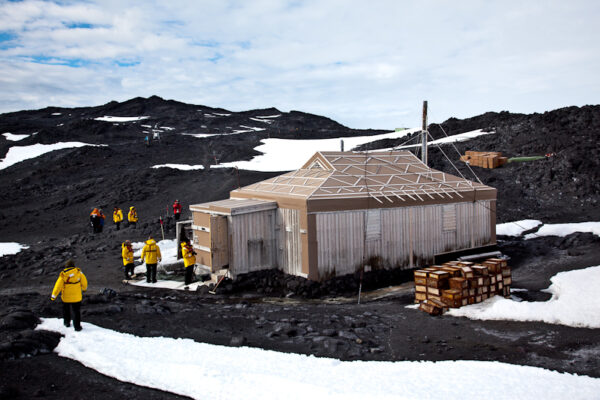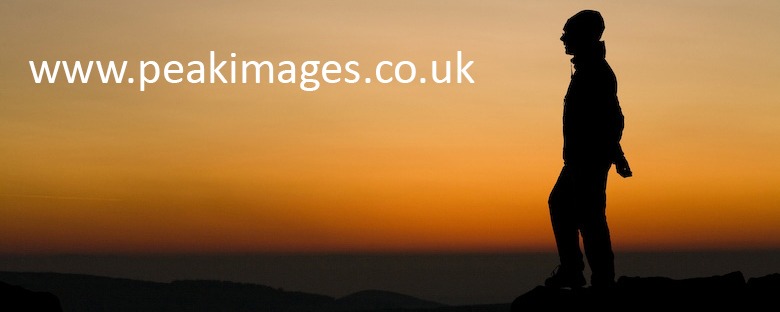First of all a Ross Seal decides to interrupt our lunch – it’s such a rare sighting that the captain very kindly and adeptly manoevers the boat for the best position at a really close range (for a 400mm lens that is!). To put the rareness of this sighting into perspective – Sue Flood, our expedition photographer, says that in 35 years of working in the Antarctic, her husband (film-maker Doug Allen) has never seen even one Ross Seal, and now we’ve seen two! So a very rare treat indeed. I think a few of us have got some fantastic photographs of the Ross Seal, especially when it finally turned its head round and yawned at us!

As if that wasn’t good enough we get to see a third Ross Seal the following day – albeit again at a fair distance. Having crossed the dateline in the morning, it’s now the Antarctic summer solstice, which we celebrate with champagne on ice. On the Ross Ice Shelf that is! This amazing slab of fast ice is 40m high in places (above the waterline), a further 350-700m deep (below the waterline), more than 350 miles long on its coastal edge, and roughly 400 miles long from the coastal edge back to land. Which to put it in context means it’s roughly the size of France or the Australian state of Victoria. It’s very hard to comprehend just how large it is – even when flying over it by helicopter. It’s impossible to gauge the distance it covers back to land, as the flatness belies it’s vast extent, and even though we sail along a fair part of it’s coastal extent, the curvature of the earth and its various inlets again limit the view to eastern and western ends.
We encounter thick ice and fog overnight, which slow the progress of the ship to a standstill at times – when visibility is that poor the captain can’t even use the ship’s helicopters for their main purpose – ice reconnaissance! So it’s a great bonus to be able to visit from Cape Evans (Scott’s 1910-1913 Terra Nova South Pole Expedition) and Cape Royds (Shackleton’s 1907-09 Nimrod South Pole Expedition). It’s fascinating to see the two huts, but there’s really very little time inside each hut (12 of us – the max allowed in the huts at any one time, and 10mins duration – is far too many of us in far too short a time to take things in properly). The amazing sense of history and conditions – that can only be imagined on a sunny and (relatively!) warm day such as we visited on – can’t escape you, even in such limited time.

